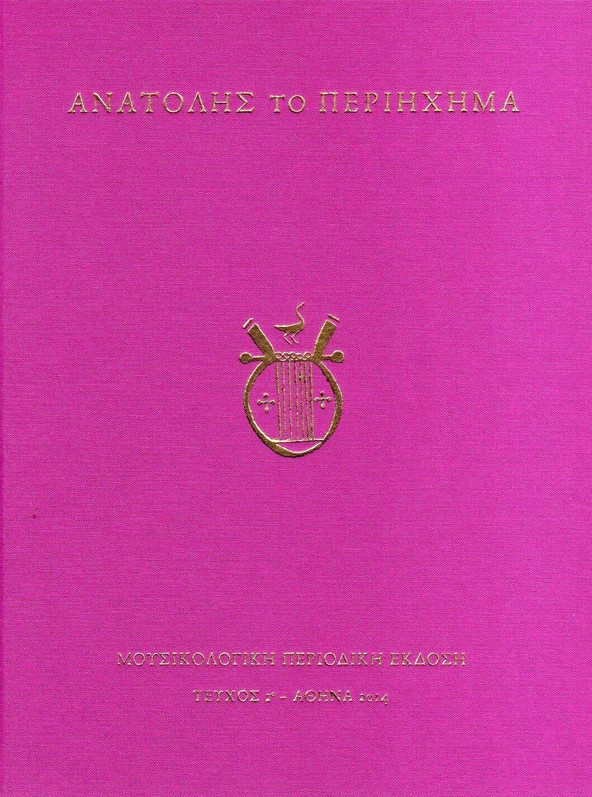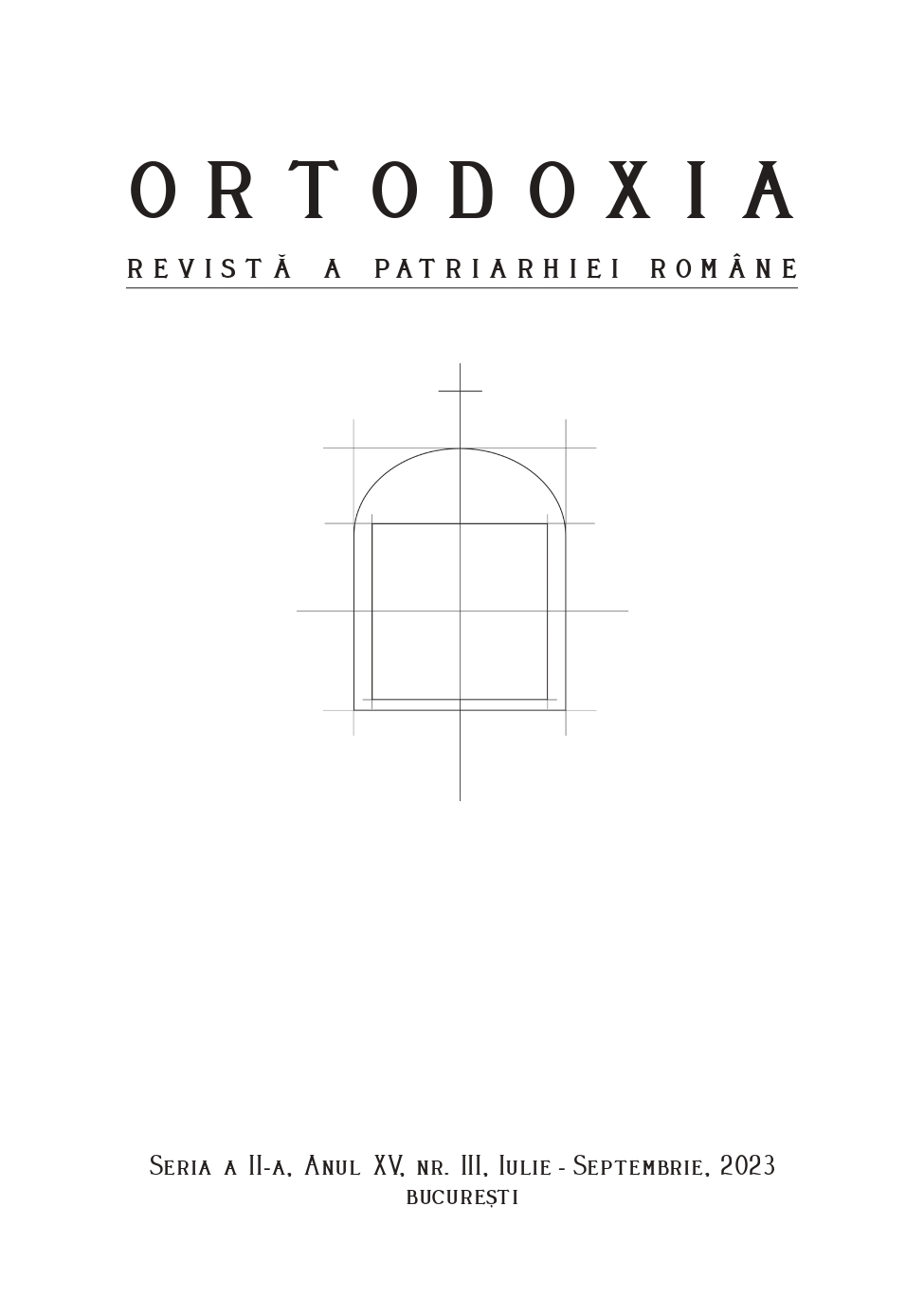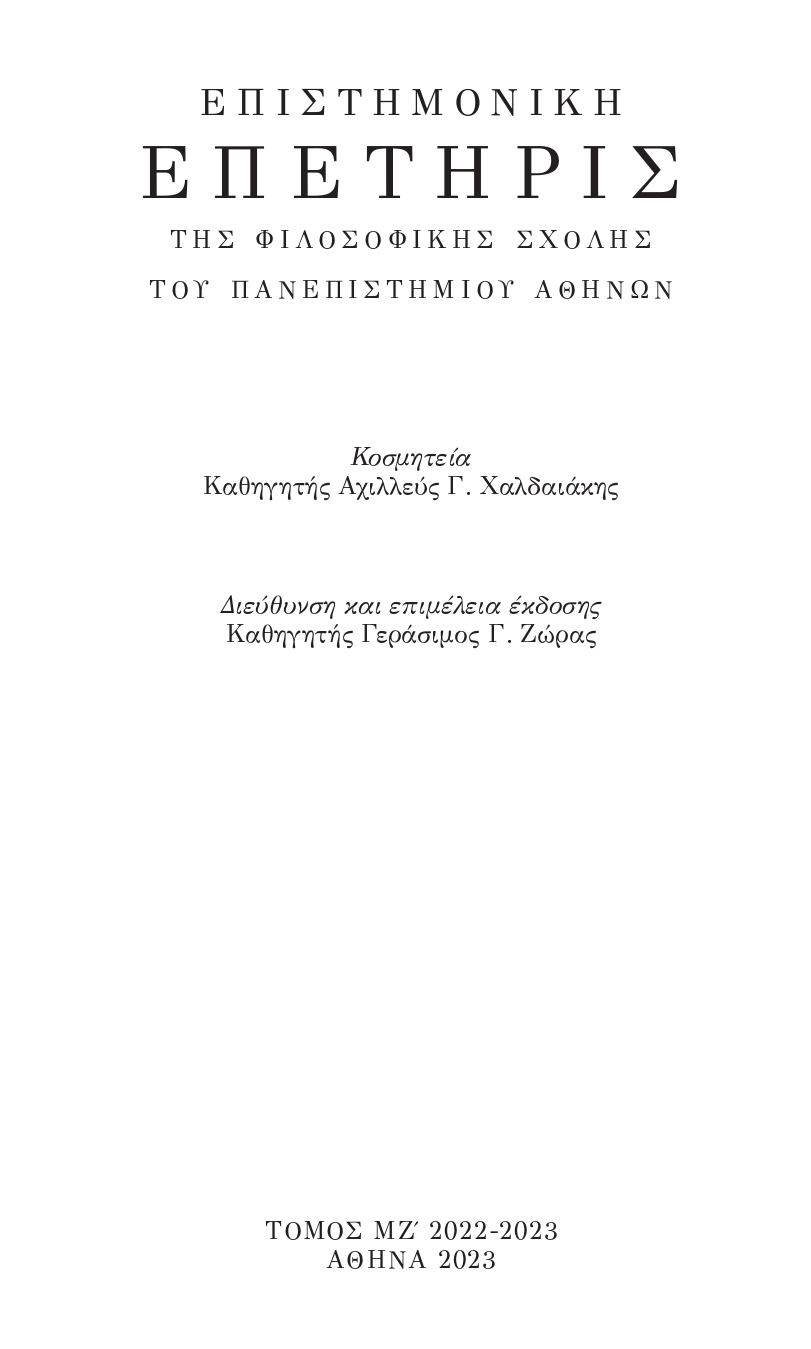From the beginning of 18th century the “fever” of interpretation (that was a new “interpretative way” of writing down and composing music) was “burning” the world of ecclesiastic chant in Constantinople. One may reasonably assume that the backstage of the ecclesiastic musical scene of the Patriarchate was that time the theater of important upheavals. A series of musicians worked (as chanters, chant-makers and teachers) following that new direction; the course of this transition from the synoptic to the interpretative way of writing down (and composing) music is vividly sketched by Chrysanthos. So, we’ve already known lot of people working there, as for example the following:
- Panagiotes Haladzoglou, who decisively contributed to the elaboration of the famous “style of the Great Church of Christ”: relying on the very Athonite tradition of sacred chant, which had been taught to him, “he abridged some of the melodies of the theseis or, in other cases, he even transformed them, aiming, it is said, at pleasure and embellishment”.
- John the Protopsaltes, who “transubstantiated” (with the encouragement of the Patriarchate) the preceding “abridgements and transformations” of his teacher. John used “a way of writing which was different from the old one and closer to the interpretative way”, publicly claiming that “the difficulty of the teaching and the transmission of psalmody, due to all the time it takes, ought to be removed from their creations and that a simpler, more methodical and elementary system of neumes ought to be established, which would make it possible to write and transmit unaltered every kind of melody.”
- Daniel the Protopsaltes, who used naturally and effortlessly “that interpretative way” in order to write down his new musical creations. This new way was, of course, different from the traditional one, provoking at first serious reactions: “His chants have newly introduced theseis, such that have never been used by the psalmodists before or after him. Because of them, some people dared to accuse him of ignorance.” Also different (as it can be inferred from the testimony of Chrysanthos quoted above) was the content of all these new compositions; in fact, they already constituted a new musical proposal, introduced hesitatingly by Haladzoglou and then supported wholeheartedly by John – the latter “became, obviously, an imitator of his teacher Panagiotes, as it seems that the characters of teachers are transmitted usually to their students.”
This was the “new style of the Great Church of Christ”, a style that would later be shaped more clearly (both in the writing method and in the content of musical compositions) in the works of the other members of the aforementioned “series”, such as Peter from Peloponnese, Jacob the Protopsaltes, Peter Byzantios and Manuel Protopsaltes. All of them tried an attempt of renewal the existing repertoire, but their contemporaries considered it as an unprecedented innovation, attributing it to their “communication” with non ecclesiastic musical figures. This phenomenon cannot be easily assessed in a unilateral way; besides music itself, it also presents historical, socio-political and even anthropological dimensions that have to be taken into consideration. What must be underlined here (from a strictly musicological point of view) is the unparalleled ability of all of them to “cover” their innovations under an unmatched musical imagination: The intelligent bridging of such apparent contradictions or, in other words, the harmonious continuation of ecclesiastical chanting tradition by all licit (and even illicit) means, is a fundamental characteristic of chant-making production of that period and at the same time a musical quality of crucial importance.



